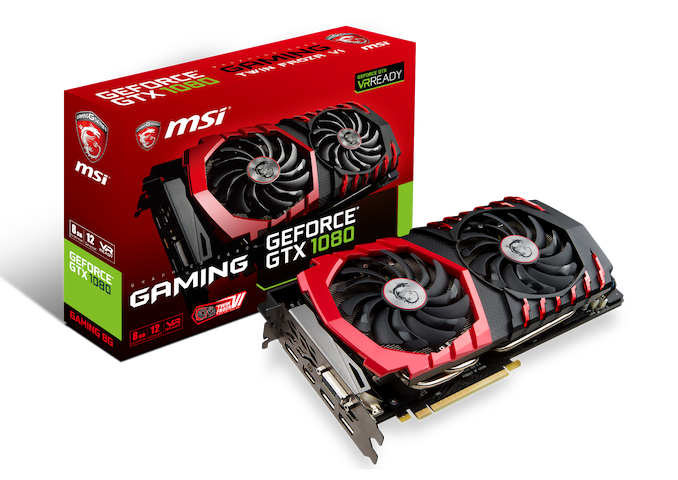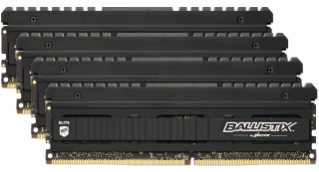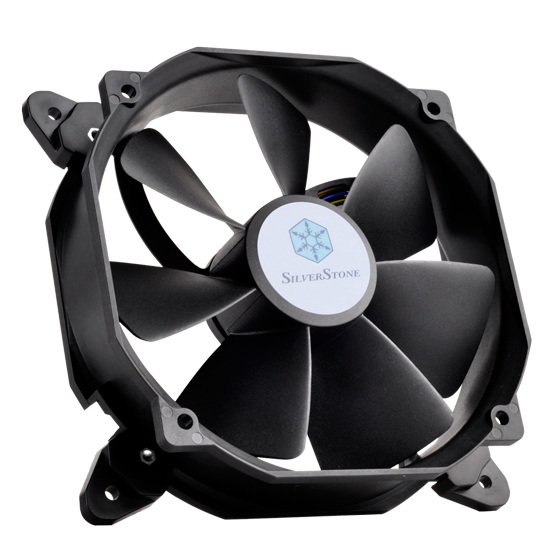The ASRock Z490 Taichi Motherboard Review: Punching LGA1200 Into Life
by Gavin Bonshor on May 27, 2020 9:00 AM ESTBoard Features
The ASRock Z490 Taichi is a premium ATX sized offering which is targetted at gamers looking for unique stylings but also has elements which should suit content creators too. It includes a strong feature set with three PCIe 3.0 x4 M.2 slots, with the top M.2 slot including future capabilities for Intel's Rocket Lake PCIe 4.0 processors. It has three full-length PCIe 3.0 slots which operate at x16, x8/x8, and x8/x8/+x4, with two PCIe 3.0 x1 slots. Other storage options include eight SATA ports, six driven from the Z490 chipset, and two from an ASMedia ASM1061 SATA controller. It includes support for DDR4-4600 memory, including capabilities to install up to 128 GB across its four memory slots. Located around the edge of the board are eight 4-pin headers for fans, including one dedicated to a CPU fan, one for water pumps, and six for chassis fans.
| ASRock Z490 Taichi ATX Motherboard | |||
| Warranty Period | 3 Years | ||
| Product Page | Link | ||
| Price | $370 | ||
| Size | ATX | ||
| CPU Interface | LGA1200 | ||
| Chipset | Intel Z490 | ||
| Memory Slots (DDR4) | Four DDR4 Supporting 128 GB Dual-Channel Up to DDR4-4666 |
||
| Video Outputs | 1 x HDMI 1 x DisplayPort 1.4 |
||
| Network Connectivity | Realtek RTL8125BG 2.5 GbE Intel I129-V GbE Intel AX201 Wi-Fi 6 |
||
| Onboard Audio | Realtek ALC1220 ESS Sabre 9128 (Front Panel) |
||
| PCIe Slots for Graphics (from CPU) | 2 x PCIe 3.0 (x16, x8/x8) | ||
| PCIe Slots for Other (from PCH) | 1 x PCIe 3.0 x4 2 x PCIe 3.0 x1 |
||
| Onboard SATA | Six, RAID 0/1/5/10 (Z490) Two, (ASMedia) |
||
| Onboard M.2 | 1 x PCIe 3.0 x4 2 x PCIe 3.0 x4/SATA |
||
| USB 3.1 (20 Gbps) | 1 x USB Type-C (Rear panel) | ||
| USB 3.1 (10 Gbps) | 2 x USB Type-A (Rear panel) 1 x USB Type-C (Header) |
||
| USB 3.0 (5 Gbps) | 5 x USB Type-A (Rear panel) 4 x USB Type-A (Two headers) |
||
| USB 2.0 | 4 x USB Type-A (Two headers) | ||
| Power Connectors | 1 x 24-pin Motherboard 2 x 8-pin CPU |
||
| Fan Headers | 1 x 4-pin CPU 1 x 4-pin CPU/Water pump 6 x 4-pin Chassis |
||
| IO Panel | 2 x Antenna Ports (Intel AX201) 1 x PS/2 Mouse/Keyboard 1 x HDMI output 1 x DisplayPort 1.4 output 2 x USB 3.2 G2 Type-A 1 x USB 3.2 G2 Type-A 5 x USB 3.2 G1 Type-A 1 x RJ45 (Realtek) 1 x RJ45 (Intel) 1 x BIOS Flashback button 5 x 3.5 mm audio jacks (Realtek) 1 x S/PDIF Optical output (Realtek) |
||
The ASRock Z490 Taichi boasts a pretty stacked rear panel with a single USB 3.2 G2 20 Gbps Type-C, two USB 3.2 G2 Type-A, and five USB 3.2 G1 Type-A ports. A further four USB 3.2 G1 Type-A, four USB 2.0, and a single USB 3.2 G2 Type-C port can be made available via internal USB headers. The board also includes two video outputs including a DisplayPort 1.4 and HDMI, while networking is strong with a Realtek RTL8125BG 2.5 G and Intel I219-V Gigabit Ethernet controller pairing. For users looking for wireless connectivity, an Intel AX201 wireless interface offers both Wi-Fi 6 and BT 5.1 connectivity.
Test Bed
As per our testing policy, we take a high-end CPU suitable for the motherboard that was released during the socket’s initial launch and equip the system with a suitable amount of memory running at the processor maximum supported frequency. This is also typically run at JEDEC subtimings where possible. It is noted that some users are not keen on this policy, stating that sometimes the maximum supported frequency is quite low, or faster memory is available at a similar price, or that the JEDEC speeds can be prohibitive for performance. While these comments make sense, ultimately very few users apply memory profiles (either XMP or other) as they require interaction with the BIOS, and most users will fall back on JEDEC supported speeds - this includes home users as well as industry who might want to shave off a cent or two from the cost or stay within the margins set by the manufacturer. Where possible, we will extend out testing to include faster memory modules either at the same time as the review or a later date.
| Test Setup | |||
| Processor | Intel Core i7-10700K, 125 W, $374 8 Cores, 16 Threads 3.8 GHz (5.1 GHz Turbo) |
||
| Motherboard | ASRock Z490 Taichi (BIOS 1.50) | ||
| Cooling | NZXT Kraken Z63 280 mm AIO | ||
| Power Supply | EVGA 1600 T2 1600W 80 PLUS Titanium | ||
| Memory | G.Skill TridentZ DDR4-2933 CL 14-14-14-34 2T (2 x 8 GB) | ||
| Video Card | MSI GTX 1080 (1178/1279 Boost) | ||
| Hard Drive | Crucial MX300 1TB | ||
| Case | Corsair Crystal 680X | ||
| Operating System | Windows 10 1909 inc. Spectre/Meltdown Patches | ||
Readers of our motherboard review section will have noted the trend in modern motherboards to implement a form of MultiCore Enhancement / Acceleration / Turbo (read our report here) on their motherboards. This does several things, including better benchmark results at stock settings (not entirely needed if overclocking is an end-user goal) at the expense of heat and temperature. It also gives, in essence, an automatic overclock which may be against what the user wants. Our testing methodology is ‘out-of-the-box’, with the latest public BIOS installed and XMP enabled, and thus subject to the whims of this feature. It is ultimately up to the motherboard manufacturer to take this risk – and manufacturers taking risks in the setup is something they do on every product (think C-state settings, USB priority, DPC Latency / monitoring priority, overriding memory sub-timings at JEDEC). Processor speed change is part of that risk, and ultimately if no overclocking is planned, some motherboards will affect how fast that shiny new processor goes and can be an important factor in the system build.


















57 Comments
View All Comments
Chaitanya - Wednesday, May 27, 2020 - link
Fans with propietary connectors are not a good thing in long run.Samus - Thursday, May 28, 2020 - link
My thoughts exactly. I'm not really sure why two fans were needed, either. A single 40mm is probably adequate and could have been a standard 3-pin (it isn't like PWM is necessary for a fan that isn't even going to run much)judithesanchez68 - Thursday, May 28, 2020 - link
Make money online from home extra cash more than $18k to $21k. Start getting paid every month Thousands Dollars online. I have received $26K in this month by just working online from home in my part time.every person easily do this job by just open this link and follow details on this page to get started… WWW.iⅭash68.ⅭOⅯSpunjji - Thursday, May 28, 2020 - link
Agreed, although if you main concern is keeping the board going long-term then you can always splice in the connector yourself.AdditionalPylons - Friday, May 29, 2020 - link
For me, for something to qualify for "in the long run" I would want a more future-proof CPU socket (i.e. not Intel's "new socket almost every generation" mantra), but a proprietary fan header is of course unnecessary and annoying as well.khanikun - Tuesday, June 2, 2020 - link
I don't think it's proprietary. It looks like the standard connectors you see on GPUs.Peskarik - Wednesday, May 27, 2020 - link
Why is ASUS ROG so crappy? Last almost everywhere...haukionkannel - Wednesday, May 27, 2020 - link
Asus is getting old. Trust old merits... Asus has done quite many poor release in the last year...Deicidium369 - Wednesday, May 27, 2020 - link
They are getting old for sure - and were never really high end - they just gave truckloads of freebies to influencers. Love their monitors - but the "RoG" is only slightly goofier than "Republic of Tea". I have used Gigabyte since the first gen of Core and haven't looked back or had any problems.BGentry - Wednesday, May 27, 2020 - link
ASUS defaults to the Intel power standards, which means the board is not auto-overclocking the processor full time. You can enable MCE at POST or in the EFI, the scores would be the same or higher.